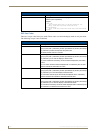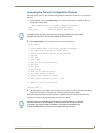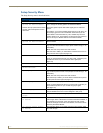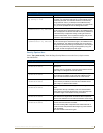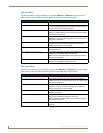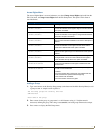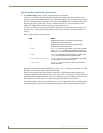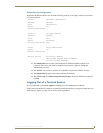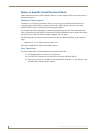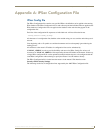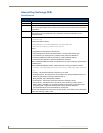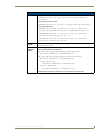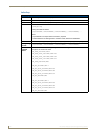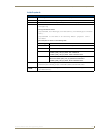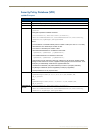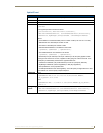
Terminal (Program Port/Telnet) Commands
114
NI Series WebConsole & Programming Guide
Notes on Specific Telnet/Terminal Clients
Telnet and terminal clients will have different behaviors in some situations. This section states some of
the known anomalies.
Windows
TM
Client Programs
Anomalies occur when using a Windows client if you are not typing standard ASCII characters (i.e.
using the keypad and the ALT key to enter decimal codes). Most programs will allow you to enter
specific decimal codes by holding ALT and using keypad numbers.
For example, hold ALT, hit the keypad 1, then hit keypad 0, then release ALT. The standard line feed
code is entered (decimal 10). Windows will perform an ANSI to OEM conversion on some codes entered
this way because of the way Windows handles languages and code pages.
The following codes are known to be altered, but others may be affected depending on the computer's
setup.
Characters 15, 21, 22, and any characters above 127.
This affects both Windows Telnet and Terminal programs.
Linux Telnet Client
The Linux Telnet client has three anomalies that are known at this time:
A null (\00) character is sent after a carriage return.
If an ALT 255 is entered, two 255 characters are sent (per the Telnet RAFT).
If the code to go back to command mode is entered (ALT 29 which is ^]), the character is not
sent, but Telnet command mode is entered.



